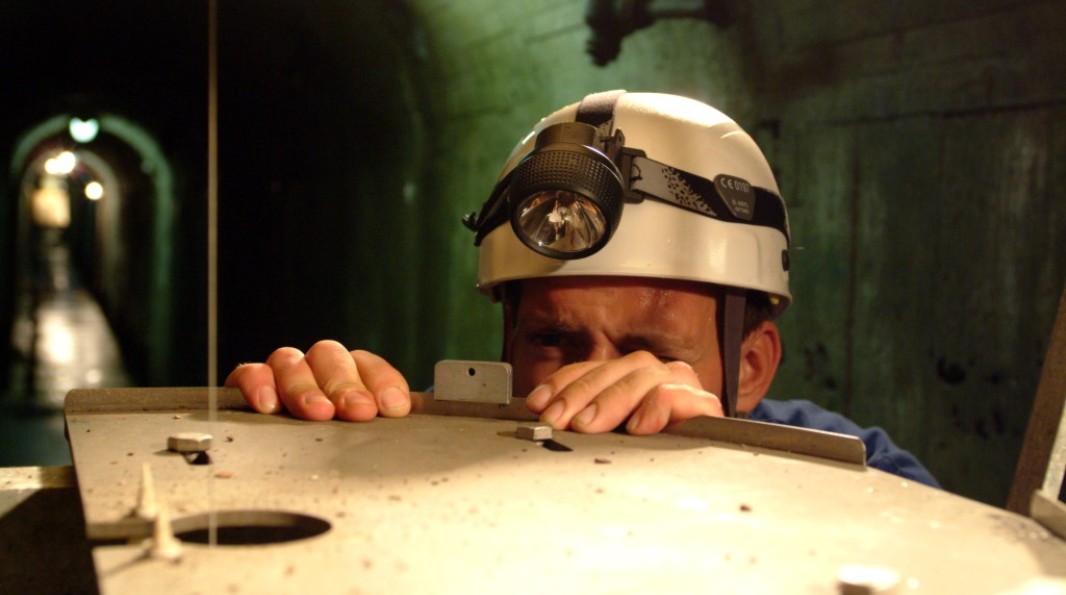Hydro facility: continuous monitoring for safety
Controlling the risks associated with hydroelectric plant operations depends on the quality of their construction but also on continuous monitoring, for which EDF is responsible. Monitoring determines maintenance operations and is stepped up at major dams.

Daily analyses and inspections
Hydroelectric facilities operate daily and are subject to natural events such as flooding and temperature variations. The facilities are “living” structures that require detailed monitoring.
EDF operators, engineers and maintenance teams continuously monitor the condition of the power plants, dams, gates and penstocks they are called on to protect.
The daily monitoring routine requires on-site inspections and analysis of the data transmitted by the Grenoble and Toulouse remote monitoring centres. These use sensors installed at sensitive points to remotely measure settlement, pressure, leakage and micro-movements affecting the structures.
Some 90,000 sensors installed on 400 hydroelectric structures remotely transmit data in real time.
EDF teams can thus regularly assess the condition of the structures and schedule preventive maintenance if need be. To keep both the administration and the public informed, the Safety Inspector of the EDF Hydro Generation and Engineering Division draws up an annual report on the safety of EDF’s facilities.
Dam protection: special monitoring of dams with a height of over 10 metres
The 150 dams with a height of over 10 metres are subject to even more stringent monitoring, which involves government departments. Inspections are carried out by the DREAL (Regional Environment, Development and Housing Directorates) to check not only the condition of the structures but also the efficiency and effectiveness of EDF’s safety inspections.
Regulations also provide for in-depth inspections of these dams every 10 years, called ETC from the French for comprehensive technical inspection. Substantial resources are marshalled to carry out this check-up, including drones to check all dam faces.
In 2012, EDF carried out 19 comprehensive technical inspections of large dams.
Submerged parts of dams are a particular focus of attention. They are inspected by emptying the reservoir or alternatively by means of an underwater robot, where technically feasible.
All these operations are overseen by the DREAL directorates and the STEEG (the Ministry of the Environment’s technical department covering electrical energy and large dams).
Prefects draw up Special Action Plans for the 68 largest dams in the hydro fleet. These are included in coordinated emergency plans for the entire administrative department and provide for warning and emergency rescue procedures to be applied if a dam exhibits abnormal behaviour or bursts.
EDF uses analyses, monitoring and inspections to ensure ongoing surveillance of its dams and thus ensure the safety of its facilities.
